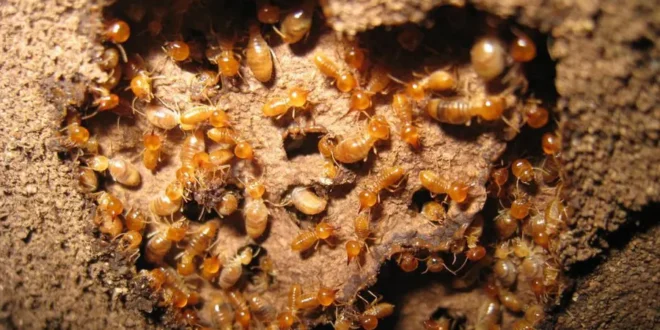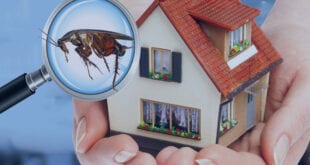Termite control is crucial for maintaining the structural integrity of your home.
This guide aims to provide comprehensive information on identifying, preventing, and treating termite infestations to ensure a termite-free environment.
Identifying Termite Infestations
Recognizing the signs of termite activity is vital for effective termite control.
Look for common indicators such as mud tubes along walls or foundations, which termites use to travel and protect themselves from predators.
Hollow-sounding wood and discarded wings are other telltale signs of an infestation.
Termite droppings, known as frass, can also be found near infested wood. Additionally, sagging floors and ceilings may indicate severe structural damage caused by termites.
Regular professional inspections are essential as experts can detect hidden infestations and provide timely intervention.
Factors Attracting Termites
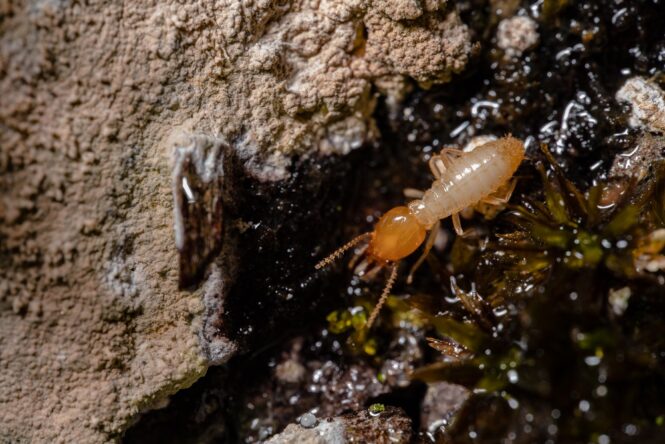
Understanding what attracts termites is key to termite control. Moisture is a primary factor, often resulting from leaky pipes, poor drainage, and inadequate ventilation. Moist conditions create an ideal environment for these pests to thrive and multiply.
Leaky pipes and faucets can lead to damp wood, which serves as an excellent food source and nesting site. Ensuring that all plumbing issues are addressed promptly is crucial in reducing moisture levels.
Wood-to-soil contact is another significant attractant. When wood touches the soil, it provides a direct pathway for pests to access your home. This can include wooden structures such as decks, porches, and even wooden siding.
By creating barriers and ensuring that wooden elements do not directly contact the soil, you can effectively limit their access.
Warm, dark environments are also highly attractive to these pests. Basements, crawl spaces, and other poorly lit areas can become hotspots. Improving ventilation in these areas and using dehumidifiers can help maintain a dry and less inviting environment.
Addressing these factors can significantly reduce the risk of infestations. Ensuring proper drainage around your home, fixing leaks promptly, and minimizing wood-to-soil contact are effective preventive measures.
Regularly checking for and mitigating these conditions will help create an environment less conducive to their survival and proliferation.
Prevention Strategies
Effective termite control involves regular inspections and moisture management. Schedule professional inspections and conduct homeowner checks periodically. Control moisture by fixing leaks, ensuring proper ventilation, and keeping gutters clear.
Landscaping maintenance is also crucial; remove wood debris, ensure proper grading, and keep firewood away from your home.
During building and renovation, use termite-resistant materials, install physical and chemical barriers, and consider implementing termite bait systems. These strategies collectively help in preventing termite infestations.
Treatment Methods
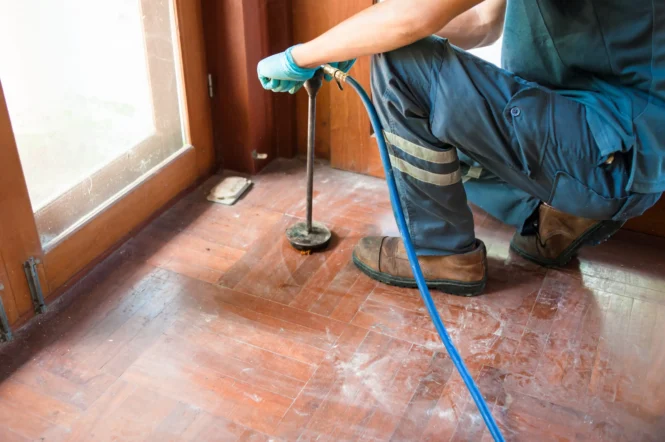
Termite control treatments vary significantly based on the severity and extent of the infestation. Professional treatment options include a range of sophisticated methods designed to eradicate and prevent future infestations.
One common professional method is termite baiting systems, which involve placing bait stations around the property. These baits attract termites, which then carry the toxic bait back to their colony, effectively eliminating the entire population over time.
Soil treatments are another professional option. This method involves applying a termiticide to the soil around the foundation of a building, creating a barrier that prevents termites from entering the structure.
Direct wood treatments, where insecticides are applied directly to the affected wood, can also be effective in targeting active infestations within the wood itself.
Fumigation is a more intensive professional treatment used for severe infestations. This process involves sealing the building and introducing a gas that penetrates all areas, killing the termites inside. Foam and dust agents can also be applied to infested areas, providing localized control.
For those looking to take a DIY approach, several effective treatments are available. Boric acid is a popular choice; it acts as a poison to termites when they ingest it.
Orange oil, derived from orange peels, can be used to treat infested wood by killing termites on contact. Heat treatment involves raising the temperature of an infested area to a level that is lethal to termites, while liquid nitrogen can be used to freeze and kill them.
When to Call a Professional
Assessing the extent of an infestation is crucial in termite control. If the infestation is widespread or severe, professional pest control is advisable. Professionals offer expertise and equipment that ensure thorough treatment and long-term protection.
They can also provide tailored solutions based on the specific needs of your property. Safety is another consideration, as professionals can handle hazardous chemicals and treatments safely and effectively, minimizing risks to your family and pets.
Maintaining a Termite-Free Home
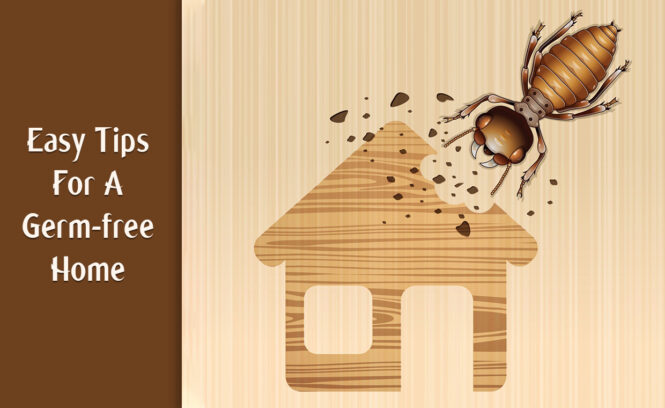
Maintaining a termite-free home requires ongoing and diligent efforts. Effective termite control goes beyond initial treatment and involves continuous monitoring and preventive measures to ensure long-term protection.
Regular inspections are fundamental in termite control. Scheduling professional inspections at least once a year can help detect any early signs of termite activity before they become a significant problem. Additionally, homeowners should conduct their own inspections periodically, focusing on areas prone to moisture and wood-to-soil contact.
Moisture control is crucial as termites thrive in damp environments. Fix any leaks in plumbing, roofs, and walls promptly to prevent water accumulation. Ensure that your home has proper ventilation, especially in crawl spaces and attics, to reduce humidity levels. Keeping gutters clear of debris and ensuring proper drainage away from the foundation can also minimize moisture issues.
Landscaping maintenance plays a significant role in preventing termite infestations. Remove any wood debris, such as fallen branches, stumps, and old lumber, from your property.
Ensure that the soil around your home is graded to slope away from the foundation, preventing water from pooling near the structure. Additionally, keep firewood, mulch, and other cellulose materials away from the immediate vicinity of your home.
Education and awareness are key components of effective termite control. Familiarize yourself with termite behavior and the early signs of infestation.
Knowing what to look for, such as mud tubes, discarded wings, and hollow-sounding wood, can help you catch an infestation early. Stay informed about the latest termite control techniques and products to ensure you are using the most effective methods.
Recognizing termite activity early can prevent extensive damage and costly repairs. By implementing proactive measures and staying informed, you can maintain a termite-free home and protect your investment effectively.
Ongoing vigilance and regular maintenance are essential to ensure that your home remains safe from the destructive impact of termites.
The Bottom Line
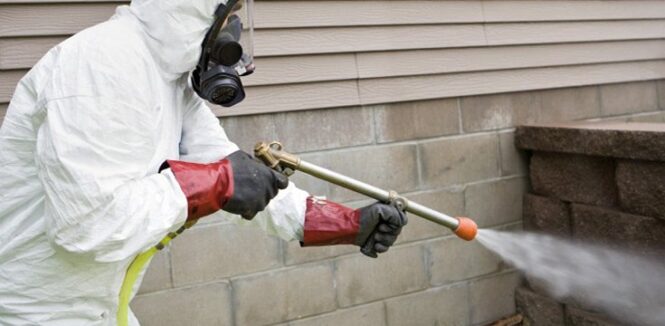
Proactive termite control is vital for a safe home. Regular inspections and preventive measures are key. Take action now to protect your property from termite damage.
 Imagup General Magazine 2024
Imagup General Magazine 2024
